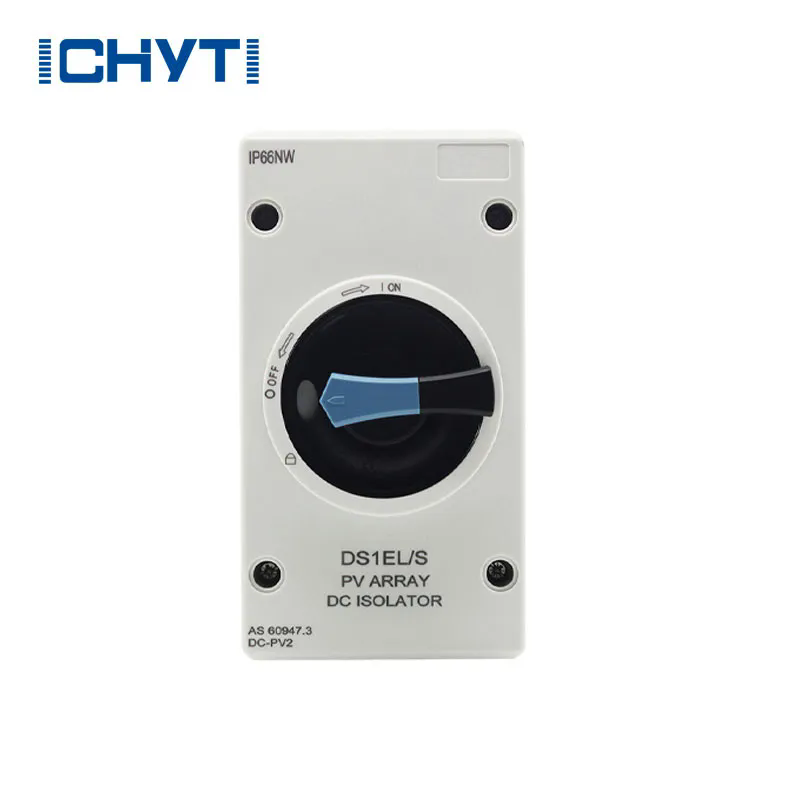Key Features of an Isolator Switch
2024-08-10
An Isolator Switch (also known simply as an Isolator) is a device used to ensure that an electrical circuit can be completely de-energized for service or maintenance. Unlike regular circuit breakers or switches that might be used to control power under normal operation, an isolator switch is used specifically for safety and is typically engaged only when the circuit is not under load.
Key Features of an Isolator Switch:
1. Manual Operation: Isolator switches are usually operated manually to disconnect power. This manual control is crucial for safety during maintenance or emergency situations.
2. No Load Switching: Isolators are designed to be operated only when there is no current flowing in the circuit (i.e., no load condition). They are not intended to interrupt the current like circuit breakers.
3. Visible Disconnect: In many designs, the isolator switch provides a clear visual indication that the circuit is open, which is important for confirming that the system is safe to work on.
4. Lockable: Most isolator switches can be locked in the "off" position to prevent accidental reconnection while maintenance is being performed.
5. Location-Specific: Isolators are often installed in strategic locations within the electrical system, such as near the source of power or the equipment being serviced.
Types of Isolator Switches:
1. Single-Pole Isolator: Disconnects a single phase or wire in a circuit. Common in simple residential or small commercial installations.
2. Double-Pole Isolator: Disconnects both the live and neutral wires in a circuit, providing an extra layer of safety.
3. Three-Pole Isolator: Used in three-phase electrical systems, typical in industrial or large commercial installations.
4. Rotary Isolator: A type of isolator switch that is operated by turning a handle or knob. This type is commonly used in industrial settings.
5. Fused Isolator: Incorporates fuses to protect the circuit from overcurrent, in addition to providing isolation.
Applications:
- Residential: Isolator switches are often used in home electrical systems to disconnect power to specific circuits or appliances, such as air conditioning units or solar power systems.
- Commercial and Industrial: In larger systems, isolators are used to disconnect equipment or sections of the electrical grid for maintenance without shutting down the entire system.
- Solar PV Systems: As part of the safety features, isolator switches are used to disconnect the solar panels from the inverter, allowing for safe maintenance and emergency shutdowns.
Importance:
- Safety: Isolator switches ensure that electrical circuits are completely de-energized during maintenance, preventing accidental electric shock or equipment damage.
- Regulatory Compliance: Installation of isolator switches is often required by electrical codes and regulations to ensure safe maintenance practices.
Operation:
- Before Maintenance: The isolator switch is turned off, ensuring no current is flowing in the circuit to be worked on.
- After Maintenance: The isolator switch is turned back on to restore power to the circuit.
Isolator switches are crucial in both residential and industrial electrical systems, providing a reliable means to ensure circuits are safe to work on by completely disconnecting the power supply.



